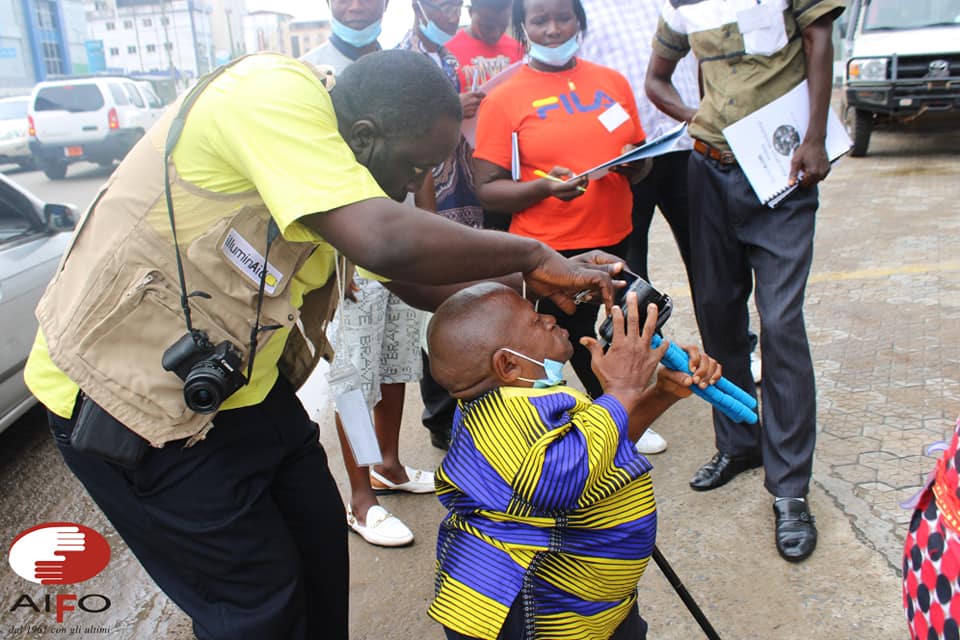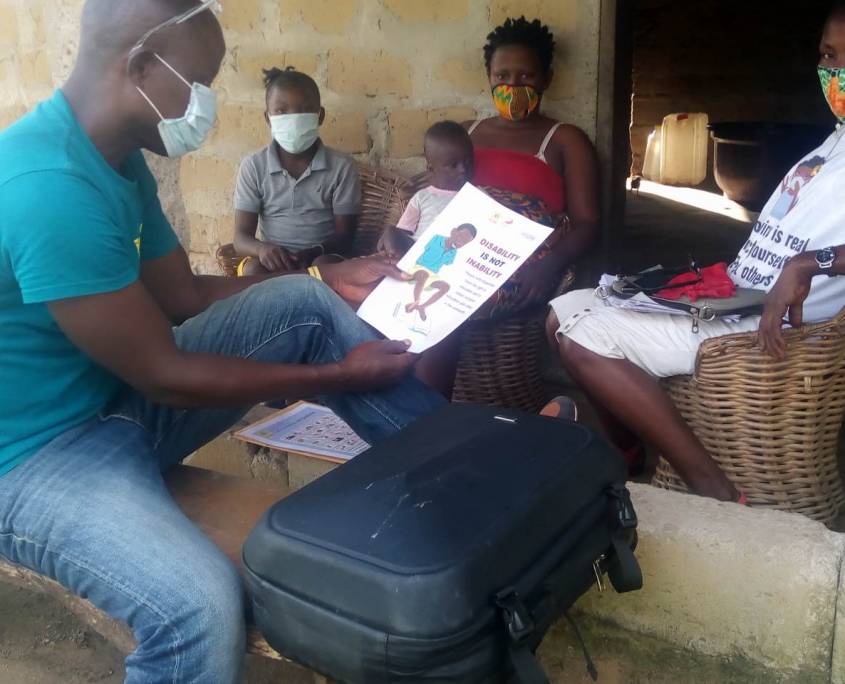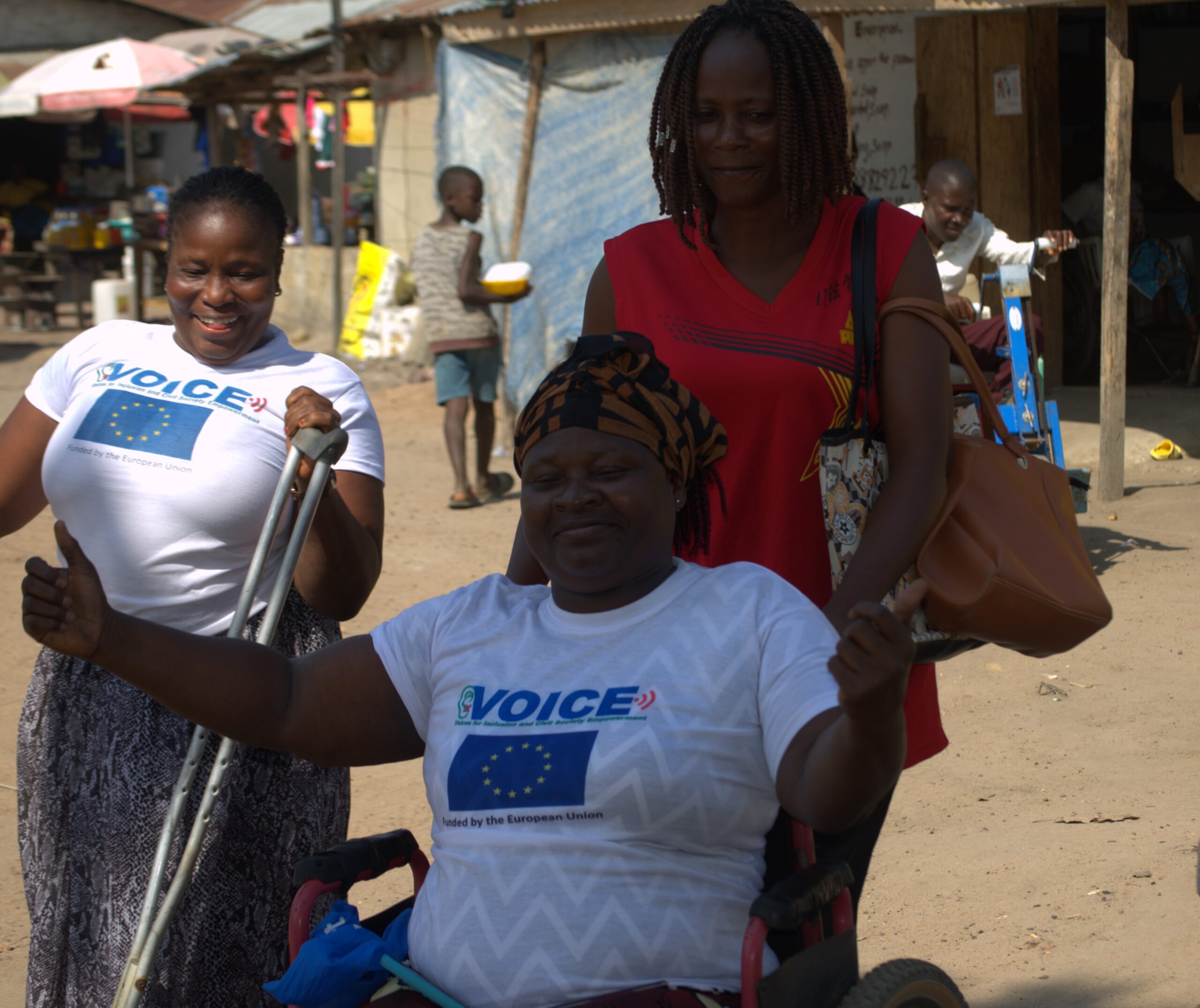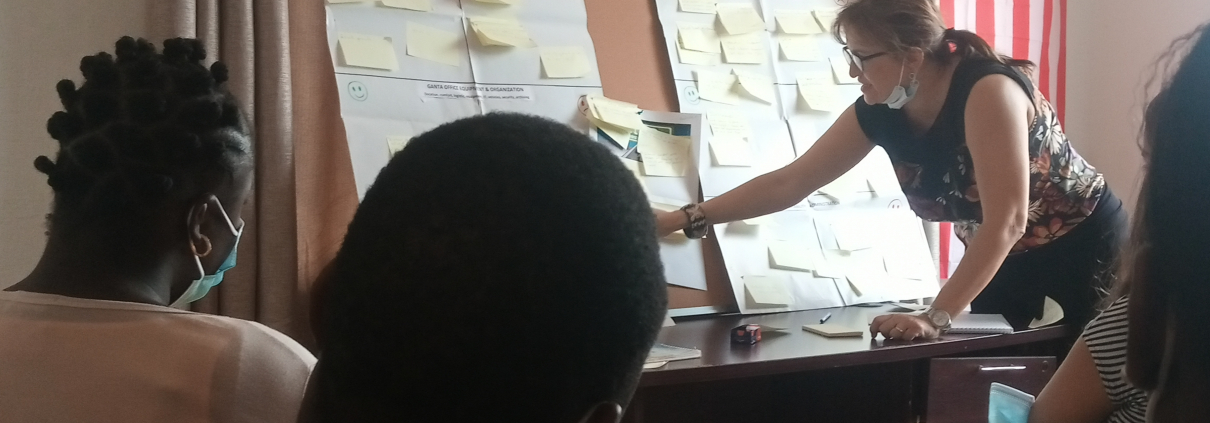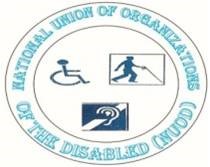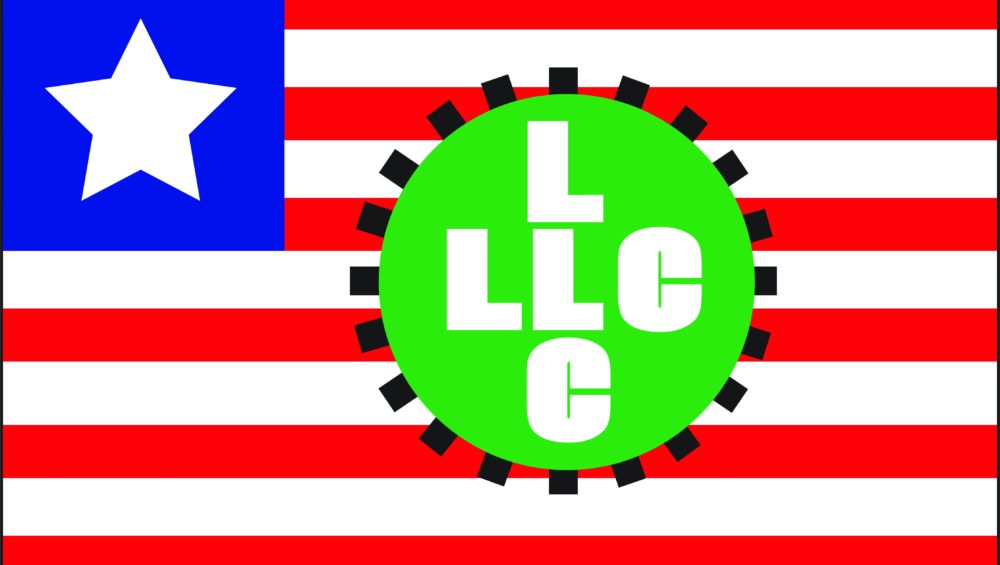
is Not Inability

Together, we are inspiring inclusion.
AIFO, Liberia is a professional non-profit health and development organization that enables opportunities for persons affected by leprosy, persons with disabilities, women, children and members of poor and vulnerable groups, through focused healthcare, education and economic empowerment initiatives in Liberia with the aim of providing a better quality of life and creating large scale positive change.



We envision a Liberia where Persons with disabilities act as advocates and agents of change for an equitable and inclusive Liberia.
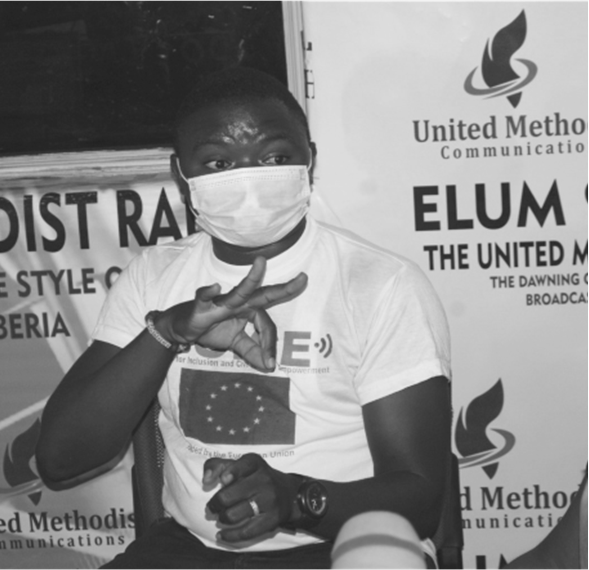


We Are On A Mission To
Inspiring communities to value diversity by working alongside persons with disabilities (PWDs) and disabled people organizations (DPOs) to raise awareness and implement the UN Convention on the Rights of Persons with Disabilities (CRPD).
Support the socio-economic empowerment of
PWDs regardless of gender, age, type of disability and any form of discrimination;
Ensure equality of opportunities for
PWDs for self-sustainability through capacity building, access to financial resources and the promotion of decent work.
Build awareness
on disability to influence policy formulation and decision-making processes.
We work in Three (3) Thematic Areas
Health
Disability and inclusion
Emergency response
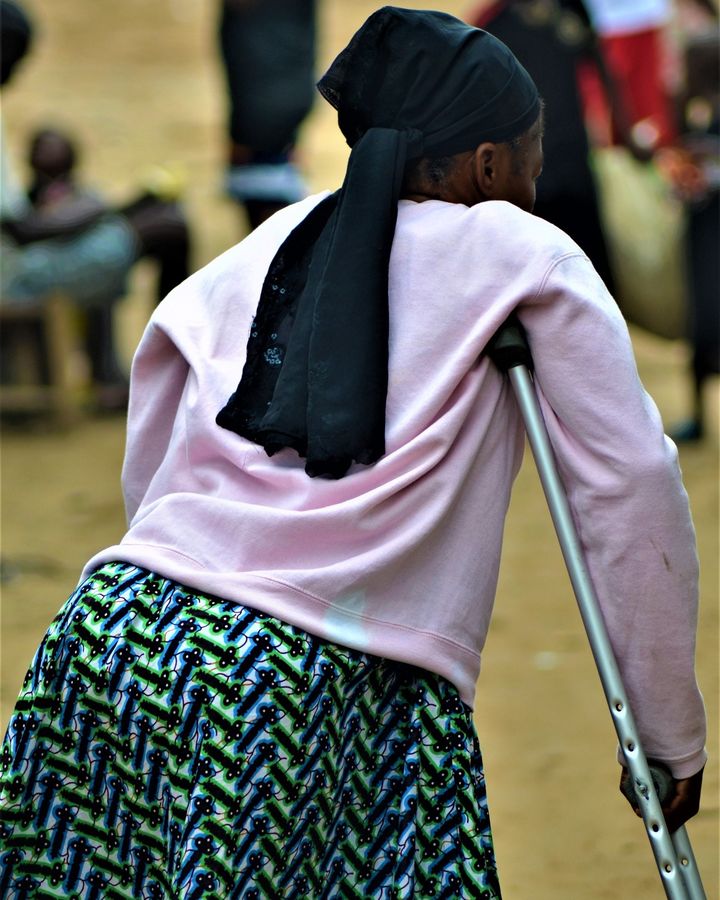
Our Reach.
We're making an impact
Since 1997 to present, we have touched many lives and our projects have reached some counties in Liberia.
Persons with Disabilities Reached
Total Population Reached
Counties Directly Reached
Projects Implemented


